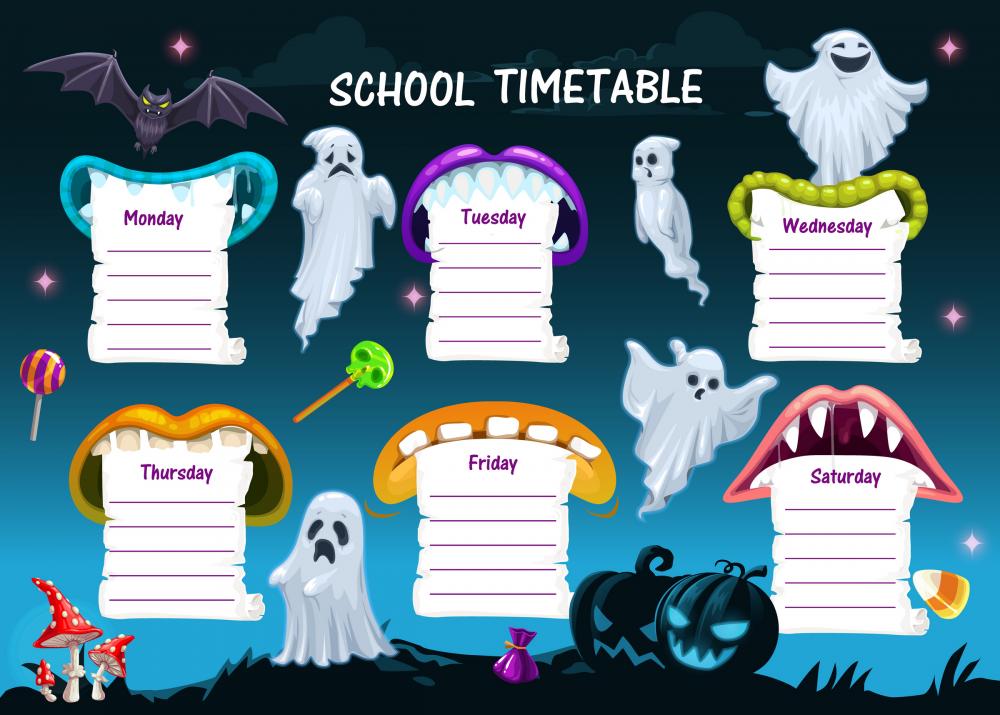
For educators and parents alike, teaching writing is a rewarding, albeit challenging task. After all, as English and Creative Writing teachers or homeschooling parents, your role extends beyond the classroom, directly into the sphere of inspiring imagination. This article provides a variety of writing prompts categorized by age groups: younger children just learning to write sentences, and elementary school children. In addition, it offers tips to encourage your young writers in their literary journey. So, dive right in and discover prompts that will help the young learners in your life foster lifelong skills.
Young Children: Just Learning to Write Sentences

At this tender age, children are teetering on the brink of a world where words hold power. Writing becomes an exciting adventure when learning is combined with fun.
Writing Prompts for Young Children
- Describe your favorite toy. What makes it special?
- Write about a day in the life of your pet. If you don’t have a pet, imagine one!
- What would you do if you were the tallest person in the world?
- Create a story about a talking fruit.
- Write a letter to your favorite fairy tale character.
- Write a story about a teddy bear’s magical adventure.
- If you could be any animal, what would you be and why?
- Imagine a land made of candy. Describe what you see.
- Write a story about a lost puppy who finds his way home.
- Imagine you have a magic paintbrush. What would you paint and why?
Tips for Teaching Young Children
Keep it Visual: Young children often respond well to visual cues. Use pictures or images to spark their creativity before they start writing.
Break it Down: Make the process less daunting by breaking it down. Start with a single word, then a phrase, and gradually build up to a sentence.
Make it Fun: Turn writing into a game or a challenge. Remember, at this stage, the goal is to foster a love for writing, not perfection.
Elementary School Children: Fostering New Writing Skills

As children progress into elementary school, writing begins to evolve. They are ready to explore more complex concepts and narratives.
Writing Prompts for Elementary School Children
- If you could invent anything, what would it be and why?
- Write a diary entry for an astronaut exploring a new planet.
- Write a story starting with, “I woke up, and to my surprise, my house had sprouted wings.”
- Imagine your school was a castle. Describe your day.
- Write a letter to your future self. What do you hope for?
- Describe a day from the perspective of a raindrop.
- You’ve been chosen to interview a famous historical figure. Who would it be and what questions would you ask?
- Write a story where you and your best friend discover a secret door in your school.
- If you could create a new holiday, what would it be and how would we celebrate it?
- Imagine you have been given the power to talk to animals for a day. Write about your experience.
Tips for Teaching Elementary School Children
Encourage Reading: Reading and writing go hand in hand. Encourage children to read widely, as it will improve their vocabulary and understanding of different writing styles.
Promote Creative Thinking: Encourage them to think outside the box. The wildest ideas often make the best stories!
Provide Constructive Feedback: Give them room to make mistakes and provide constructive feedback. Praise their efforts and guide them towards improvement without being overly critical.
Link Writing to Real-life Applications: Help children see the value of writing in real-life contexts, such as writing letters, creating lists, or crafting invitations.
Homeschooling Hacks: Tailored Tips for Parents Nurturing Young Writers at Home

- Customize the Learning Experience: Every child is unique. Understanding your child’s learning style and interests can help tailor the educational experience to their individual needs. This could mean choosing writing prompts based on their favorite subjects or hobbies, or integrating interactive activities to better engage kinesthetic learners.
- Maintain Consistency: While flexibility is one of the perks of homeschooling, maintaining a consistent routine helps children develop discipline. Schedule regular writing sessions, but remember to be flexible according to your child’s needs.
- Combine Learning with Real-Life Applications: Homeschooling provides a great opportunity to link learning to real-life scenarios. For instance, let your child help write the shopping list or compose an email to a family friend.
- Provide Varied Learning Materials: Don’t limit learning to textbooks. Introduce a range of materials like novels, comic books, magazines, and online blogs to expose your child to different writing styles and vocabularies.
- Leverage Technology: Use educational apps and websites that can make learning fun and interactive. There are many resources available online with exercises to improve grammar, spelling, and creative writing skills.
- Encourage Peer Interaction: Homeschooling can lack the social interaction of a traditional classroom. Encourage your child to share their writing with siblings, cousins, or friends, or consider joining a local homeschooling group.
- Promote a Love for Reading: A good writer is often a good reader. Encourage regular reading to broaden your child’s imagination and improve their language skills.
- Be Patient and Supportive: Learning to write well takes time. Celebrate small victories and progress, and always be there to support and encourage your child.
- Invite Feedback: Encourage your child to critique their own work. This not only makes them more involved in their learning but also helps develop critical thinking skills.
- Create a Conducive Learning Environment: Ensure your child has a quiet, comfortable space to write. This will help them concentrate and enjoy their writing sessions.
In conclusion, teaching writing to children can be one of the most rewarding experiences. It is an opportunity to open young minds to the endless realm of imagination, to introduce them to the power of narrative and expression, and to enable them to communicate their thoughts effectively. With a balance of patience, creativity, and the right prompts, you can help guide your students or children through the delightful process of transforming thoughts into words. The prompts and tips shared in this article are designed to stimulate creativity, spark curiosity, and make writing an enjoyable and enriching part of their lives. And remember, the ultimate goal isn’t perfection, but rather fostering a lifelong love for writing. As you embark on this literary journey with your young writers, remember to celebrate their efforts, encourage their ideas, and above all, keep the joy of creativity alive.




